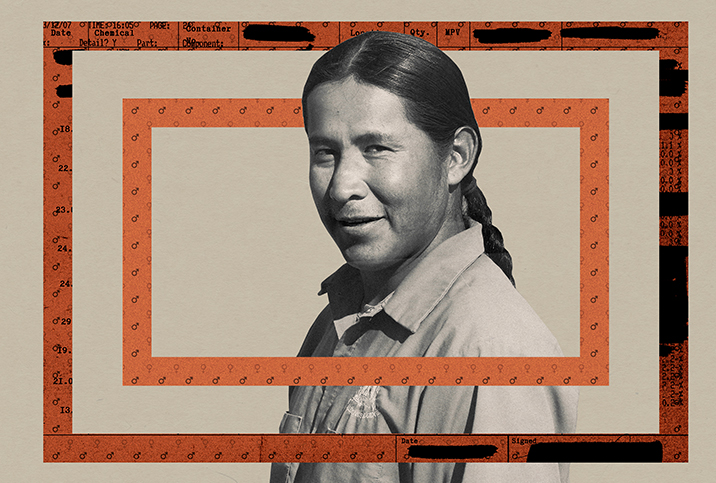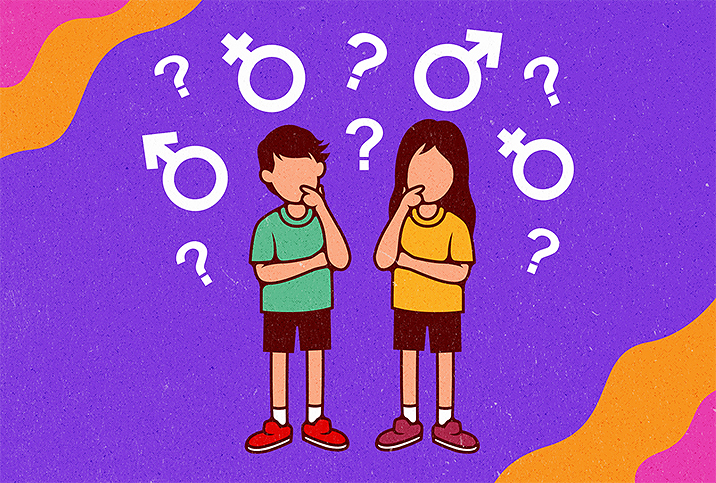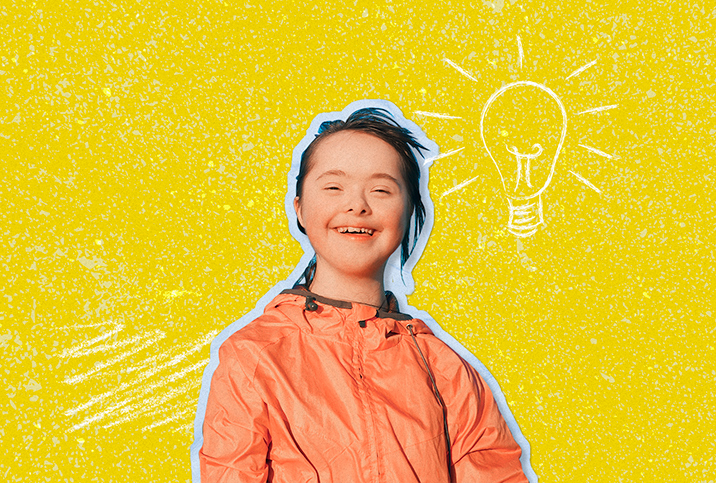Sex Ed and Health on the Rez

The United States is home to 574 federally recognized Native American tribes, about half of which are associated with reservations. Each tribe has its own identity within geographic and spiritual niches, maintained through generations of storytelling and traditions. All Native American cultures are unique; even with regional similarities, these cultures uphold hundreds of different belief systems. Lumping all of them into one group fails to recognize the various distinctive values and lifestyles, but there is one trait they share: perseverance in the face of adversity.
A long history of oppression has repercussions on micro- and macroscales, including access to sufficient sex education, which in turn affects sexual health.
Sex education and health
Sex education has proved a huge battleground in the larger fight for rights and justice in the United States, and too often, its quantity and quality have suffered. Native American tribes have their own unique obstacles to sex education.
"It's difficult to generalize this given the vast diversity of opinions, customs, beliefs, values and historical experiences among Native Americans; even within tribes, some customs may vary," said JeNeen Anderson, M.P.H., who serves as the senior director of health equity at Power to Decide, a Washington, D.C., nonprofit organization focused on preventing teen and unplanned pregnancy. "In terms of what cultural restrictions prevent certain topics from being taught, this could ultimately depend on the cultural norms of the reservation."
Anderson explained the importance of tailoring curricula to address the needs of Native American youth while still focusing on local contexts and culture. Sex ed teachers must also be empathetic and qualified.
"Due to the impoverished economies of many reservations, many Native American youths attend underfunded schools," she added. "This means their educational opportunities are insufficient, and schools, programs and educators are not receiving adequate funds.
"On some tribal reservations, sex ed is not part of the standardized school curriculum, so what is being taught really depends on the reservation," Anderson continued, advocating the portal Healthy Native Youth as an excellent source of relevant information for Native American and Alaska Native youth.
'On some tribal reservations, sex ed is not part of the standardized school curriculum, so what is being taught really depends on the reservation.'
Celina Montoya-Garcia, who is Indigenous Pueblo and manager of the Women's Leadership and Economic Freedom Program at Tewa Women United (TWU) in New Mexico, marked a clear difference in the Native American experience with sex ed.
"There are different types of sex education taught here in this area, and that's abstinence-only and our program," she said. "Abstinence-only comes from the Christian political agenda that has been around for decades; it promotes not having sex before marriage and that heterosexual marriage is the only right way."
Coming from a small community where many school nurses are family members, minors aren't always comfortable confiding or asking questions about sex. Montoya-Garcia said these programs neglect to inform about protection against sexually transmitted infections (STIs), and teach youths to be ashamed of sexuality.
"We must equip them with medically accurate information so they can make healthy decisions for themselves and have access to the right tools so they know all the options out there for safe sex," she explained, warning about harmful misinformation they would instead find on the internet, specifically on YouTube or in pornography.
Anderson believes sex ed needs to be comprehensive, covering both physical and mental aspects such as:
- Learning how to understand relationship health
- Bodily development
- Personal autonomy and value
- Communication about sexuality
- Respect for all regardless of sexual orientation or gender identity
But Anderson added that comprehensive sex ed faces obstacles because each state has its own sex and HIV education requirements.
Montoya-Garcia said TWU's A'Gin project aims to promote personal empowerment through comprehensive health education to protect the mind, heart and spirit while making decisions about sexuality and parenthood. For instance, by forgoing the separation of boys and girls once puberty starts, which occurs in conventional Tewa sex ed, the project promotes responsibility, respect and accountability between sexes.
"A Tewa value we try to leave an imprint around is on A'Gin, which means 'respect' in the Tewa language," she said. "Consent is an important topic the project is trying to bridge the gap around. I was raised that you need to hug all your relatives at a gathering or it makes you look disrespectful. However, it is not OK when we're taught, told or demanded to hug people or allow them into our personal space, our body sovereignty."
Effects on sexual health
Adequacy and accessibility can greatly change the impact of sex education on health.
"Studies have shown having access to comprehensive sex ed programs can reduce the rates of sexual risk behaviors, HIV, STIs and teen pregnancy," Anderson said. "Providing medically accurate and age-appropriate sex ed gives young people the knowledge and skills they need to make informed decisions about sex."
Though the abstinence-only teaching style is not effective in preventing teen pregnancy—which is frowned upon in many groups—education must still honor every demographic group for its own unique beliefs and practices.
"[Within the A'Gin project] many of the participating youth are children of teen parents, and the program honors and acknowledges each individual life path, especially because the history of colonization violated women with forced sterilization," Montoya-Garcia explained. "From the start, TWU staff were careful to avoid stigmatizing young parents or youth who choose to have sex. The creation of life and the birth of a child are sacred events Tewa people cherish and celebrate as beautiful and essential elements of Wo'Watsi, the circle of life."
Statistics show Native Americans and Alaskan Natives are 2.5 times more likely to experience sexual violence compared to other ethnicities. An overwhelming 56 percent of women—compared with 27.5 percent of men—experience sexual violence and 1 in 3 reports they have been raped. Nearly all cases have nonnative perpetrators, and the alleged crimes are rarely prosecuted. When sex ed isn't available or avoids discussions about logistics and how to recover from sexual assault, sexual health suffers dire consequences.
What are the next steps?
Reforming sex education on Native American reservations while honoring each individual could provide a substantial difference in residents' overall sexual health and well-being. Overcoming sociodemographic, systemic and cultural barriers is fundamental, Anderson said. To be most relevant, this education should be founded in a community context.
"In a perfect world, sex education would be comprehensive, medically accurate, age-appropriate and mandatory throughout all schools in the U.S., including those on reservations," she explained. "It would be taught by trained educators throughout a young person's school years with information appropriate to their development and cultural background."


















